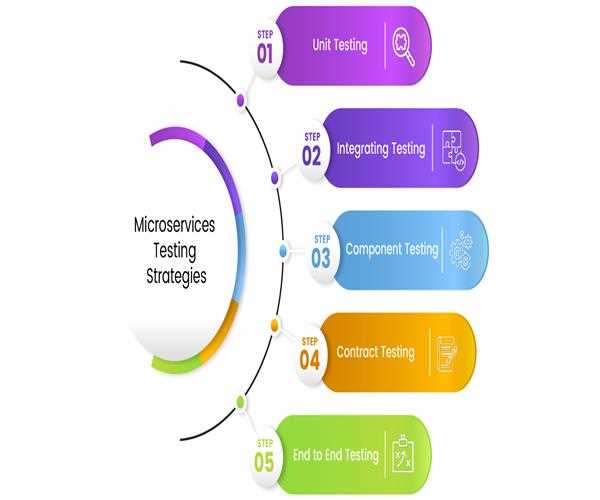Microservices architecture has gained immense popularity in recent years due to its ability to create flexible, scalable, and maintainable software systems. In such a distributed environment, ensuring the reliability and functionality of individual microservices and their interactions is crucial. Testing plays a pivotal role in this, and a comprehensive testing strategy is essential to guarantee the robustness of your microservices-based applications.
The Testing Spectrum
C# is a popular language for building microservices using frameworks like ASP.NET Core. To achieve a high level of confidence in your microservices, you should implement a multi-layered testing strategy that covers various aspects of your application.
1. Unit Testing
Unit testing is the foundation of any testing strategy. In C#, you can use frameworks like xUnit or NUnit to write unit tests for individual components or functions within your microservices. Unit tests isolate the smallest parts of your code and validate their behavior. These tests should be fast, self-contained, and independent of external dependencies.
public class Calculator {
public int Add(int a, int b) {
return a + b;
}
}
public class CalculatorTests {
[Fact]
public void Should_Add_Two_Numbers_Correctly()
{
var calculator = new Calculator();
var result = calculator.Add(2, 3);
Assert.Equal(5, result);
}
}
2. Integration Testing
Integration testing focuses on how different components or microservices interact with each other. In C#, you can use tools like Docker and Docker Compose to create isolated environments for your microservices and test their interactions. These tests ensure that your microservices work correctly when combined.
// Example: Using Docker to create test environments with real dependencies.
3. Contract Testing
Microservices often communicate through APIs. Contract testing verifies that the contracts (e.g., REST API endpoints or message queues) between microservices are stable and meet the expected specifications. Tools like Pact and Spring Cloud Contract help you create and verify these contracts.
4. Component Testing
Component testing focuses on testing a single microservice in its entirety, including its external dependencies. In C#, you can use mocking frameworks like Moq to simulate external services or databases. This approach ensures that your microservices function as expected within their actual environment.
// Example: Using Moq to create mock dependencies for component testing.
5. End-to-End Testing
End-to-end (E2E) testing is the final layer in your testing strategy. These tests validate the entire application by simulating real user interactions. Tools like Selenium, Playwright, or Cypress can be used to automate browser-based E2E tests. In C#, you can integrate these tools into your testing process.
// Example: Selenium-based E2E testing in C#.
6. Continuous Integration and Continuous Deployment (CI/CD)
To make your microservices testing strategy effective, integrate it into your CI/CD pipeline. Automate the execution of tests with each code change and deployment. Tools like Jenkins, Travis CI, or GitHub Actions can help you achieve this. Ensure that failing tests prevent deployments to maintain the integrity of your microservices architecture.
Conclusion
A robust testing strategy for C# microservices is essential to ensure that your distributed application functions seamlessly. From unit tests for isolated components to end-to-end tests for the entire application, each layer of testing contributes to the overall quality and reliability of your microservices. By implementing a comprehensive testing strategy, you can confidently deploy and scale your microservices-based applications while minimizing the risk of regressions and issues in production.
As you venture into the world of microservices, remember that a strong testing strategy is your safety net, allowing you to embrace agility and innovation without compromising reliability.




Leave Comment